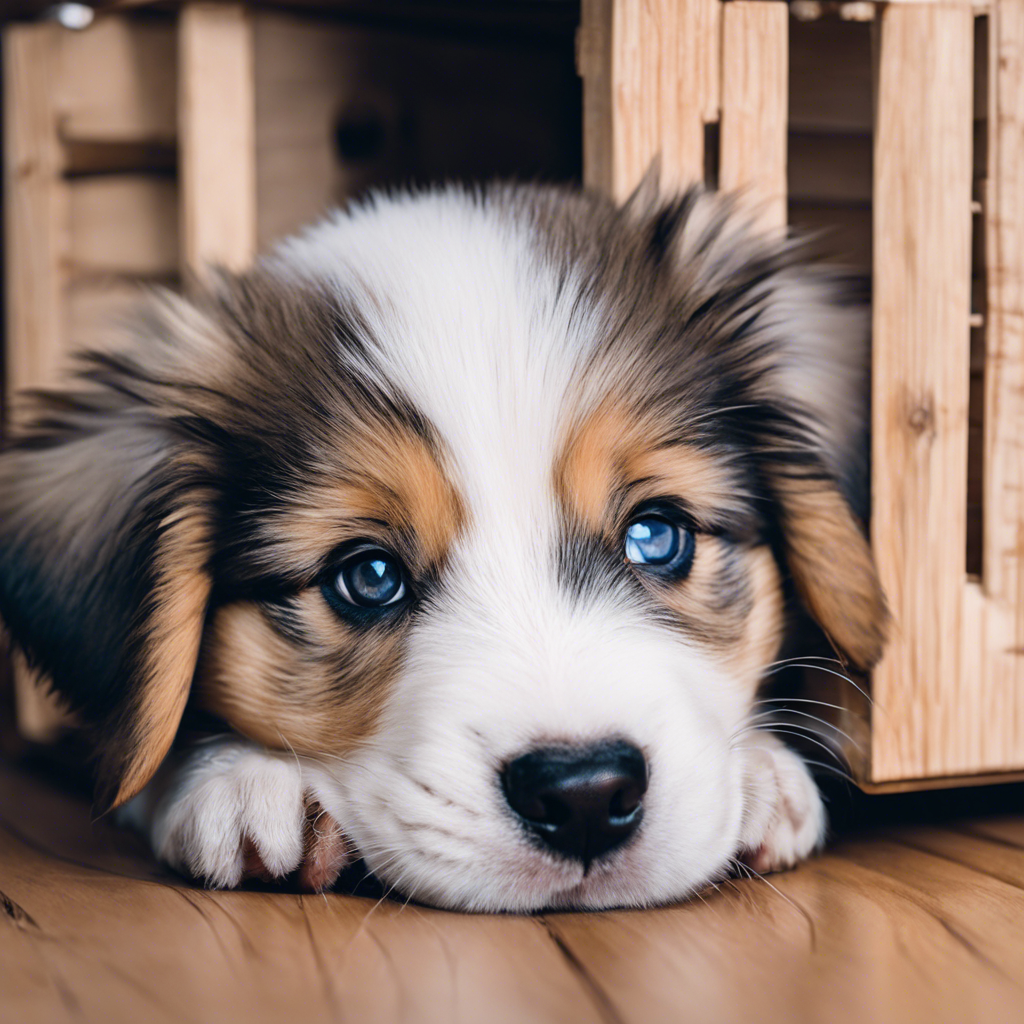Crate training is an essential part of puppy parenting, as it helps your furry friend feel secure and provides them with their own personal space. It can also aid in the house training process and prevent destructive behaviors when you’re not around. But how do you introduce this concept to your pup, and ensure they see their crate as a safe haven? Here’s a step-by-step guide to setting up a crate training routine for your new puppy.
**Choose the Right Crate**
The first step is to select the perfect crate for your puppy. You’ll want to consider size, material, and design. For size, the crate should be large enough for your puppy to stand up, turn around, and lie down comfortably. However, too much extra space can make it difficult to house train your pup, as they may use one end for sleeping and the other for relieving themselves. As a general rule, choose a crate that will fit your dog’s expected adult size. Crates come in various materials, such as plastic, wire, or fabric. Each has its advantages: plastic crates offer privacy, wire crates provide better ventilation and visibility, and fabric crates are lightweight and portable. The right choice depends on your puppy’s needs and your preferences.
**Make it Comfortable**
Line the crate with a cozy bed or blanket to make it inviting and comfortable. You can even add an old t-shirt or piece of cloth with your scent on it, as the familiar smell can help your puppy feel more at ease. Just ensure that all bedding is safe and puppy-proof, with no loose threads or small parts they can chew on.
**Introduce the Crate Gradually**
Place the crate in a quiet, low-traffic area of your home, somewhere your puppy will feel relaxed. Start by leaving the door open and letting your puppy explore it at their own pace. You can toss treats inside to encourage them to enter and make positive associations with the crate. Once they’re comfortable going inside, begin closing the door for short periods while you’re at home. Stay nearby, so your puppy knows you’re close by, gradually increasing the duration as they become more accustomed to the crate.
**Feeding in the Crate**
Another great way to create positive associations is by feeding your puppy their regular meals inside the crate. Put the food at the back, so your puppy has to go all the way in to eat. This reinforces the idea that the crate is a safe and enjoyable space.
Crate training takes time and patience, and it’s essential to make the process as stress-free as possible for your puppy. With consistency and positive reinforcement, your puppy will soon see their crate as a cozy sanctuary, making them feel secure and safe whenever they need some downtime.

